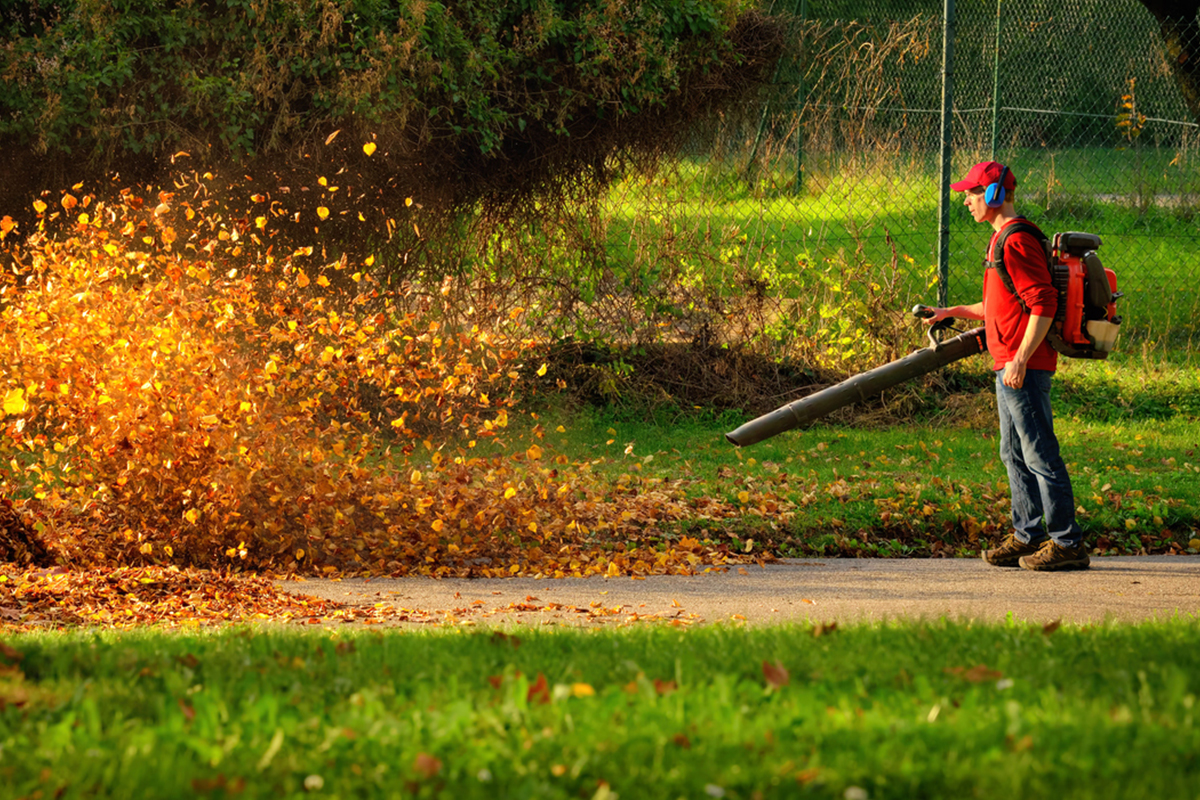The Best Times of the Year for Lawn Care Tasks
Taking care of your lawn can be a fulfilling task that improves both the attractiveness of your home and the vitality of the environment. Recognizing the best periods of the year to carry out various lawn care tasks is crucial for creating a vibrant, green yard. Whether you are reviving your grass after the winter months or getting it ready for the cold months ahead, maintaining a year-round plan will be key in upkeeping a vibrant landscape.
In this guide, we'll discuss the key lawn care tasks that correspond with each season, making sure that you understand when and how to mow, feed, hydrate, and protect your grass. From picking the appropriate grass types for your environment to avoiding common mistakes that can negatively affect your lawn, each season brings individual hurdles and chances for your yard to thrive. Prepare to immerse yourself in Lawn Care 101 and uncover how to cultivate a thriving outdoor space year-round.
Seasonal Lawn Maintenance Manual
As Spring marks the revival of your lawn after the chilly winter season. This time is crucial for reviving your lawn and preparing it for the growing season ahead. Begin by executing a thorough spring lawn care checklist, which entails tasks such as aeration to facilitate nutrient absorption and overseeding to fill in any bare patches. Additionally, testing your soil is vital at this time to determine nutrient needs. By focusing on these initial actions, you can set the foundation for a lush green lawn.
Once summer arrives, the emphasis shifts to preserving your lawn's health amidst the heat. During these sweltering periods, it's essential to alter your watering schedule, ensuring your lawn receives sufficient moisture without overwatering. Early morning watering is best as it reduces evaporation. Watch for common lawn pests and diseases that prosper in warm weather, using eco-friendly pest control methods when applicable. Using fertilizers specifically designed to summer needs will help your lawn withstand stress and maintain its lively color.
Autumn brings a shift period where preparation for winter is key. Commence by aerating your lawn and spreading the optimal fertilizers designed for autumn to help your grass recover before the chillier temperatures set in. Collecting leaves and clearing debris is also crucial to stop disease and allow sunlight to reach your lawn. This season is the best time to think about overseeding as well, ensuring your lawn stays thick and strong as it heads into hibernation during the winter months. spintax ## Frequent Yard Maintenance Errors
A frequent most mistakes homeowners make is excessive watering their lawns. Numerous individuals believe that more water is always beneficial, but this is not true. Excessive watering can lead to poor root development, which makes the grass vulnerable to disease. To prevent this, it is vital to develop a suitable irrigation plan based on the unique needs of the type of grass you have and climate, ensuring the soil receives adequate moisture without becoming waterlogged.
Another common mistake is mowing the grass too short. Although it might appear reasonable to keep the grass trimmed as short as possible for a tidy look, cutting the grass too short can put stress on the plants and leave them to weed growth and pests. It is advisable to follow the one-third rule, which recommends not cutting more than one-third of the height of the grass at a single mowing. Keeping your lawn at the appropriate height helps maintain its health and strength.
In conclusion, many homeowners neglect the importance of soil testing and fertilization. Applying fertilizer without understanding your soil's specific nutrient needs can lead to uneven growth and potential lawn harm. Conducting a testing of the soil helps determine deficiencies and allows you to choose the best fertilizers for a lush, green lawn. This tailored approach not only enhances your lawn's wellness but also saves you money on unnecessary products.

Best Watering Techniques
Effective irrigation is key for keeping a lush yard. The general guideline is to water thoroughly but infrequently, promoting roots to extend deeper into the soil. This method helps your grass become more resilient to dry conditions and vibrant. Aim to deliver around one inch of moisture per seven days, either through precipitation or watering, spread over multiple days to allow the soil to absorb water completely.
When and method play crucial roles in effective irrigation. Watering early in the morning is often recommended, as temperatures are lower and wind speeds are reduced, reducing evaporation. Morning irrigation also gives your lawn enough opportunity to dry before night, which helps avoid disease. If visit this website is not feasible, late can be a alternative, but avoid watering too late to avoid nighttime moisture buildup.
The approach of watering can also influence lawn health. Using a sprinkler system can offer consistency, but manual watering allows you to adapt to specific needs when you see signs of dryness. It's essential to identify the signs of overwatering and insufficient moisture to adjust your schedule as needed. Using rainwater collection systems can provide an sustainable option, ensuring that your lawn gets the right amount of water without wasting resources.